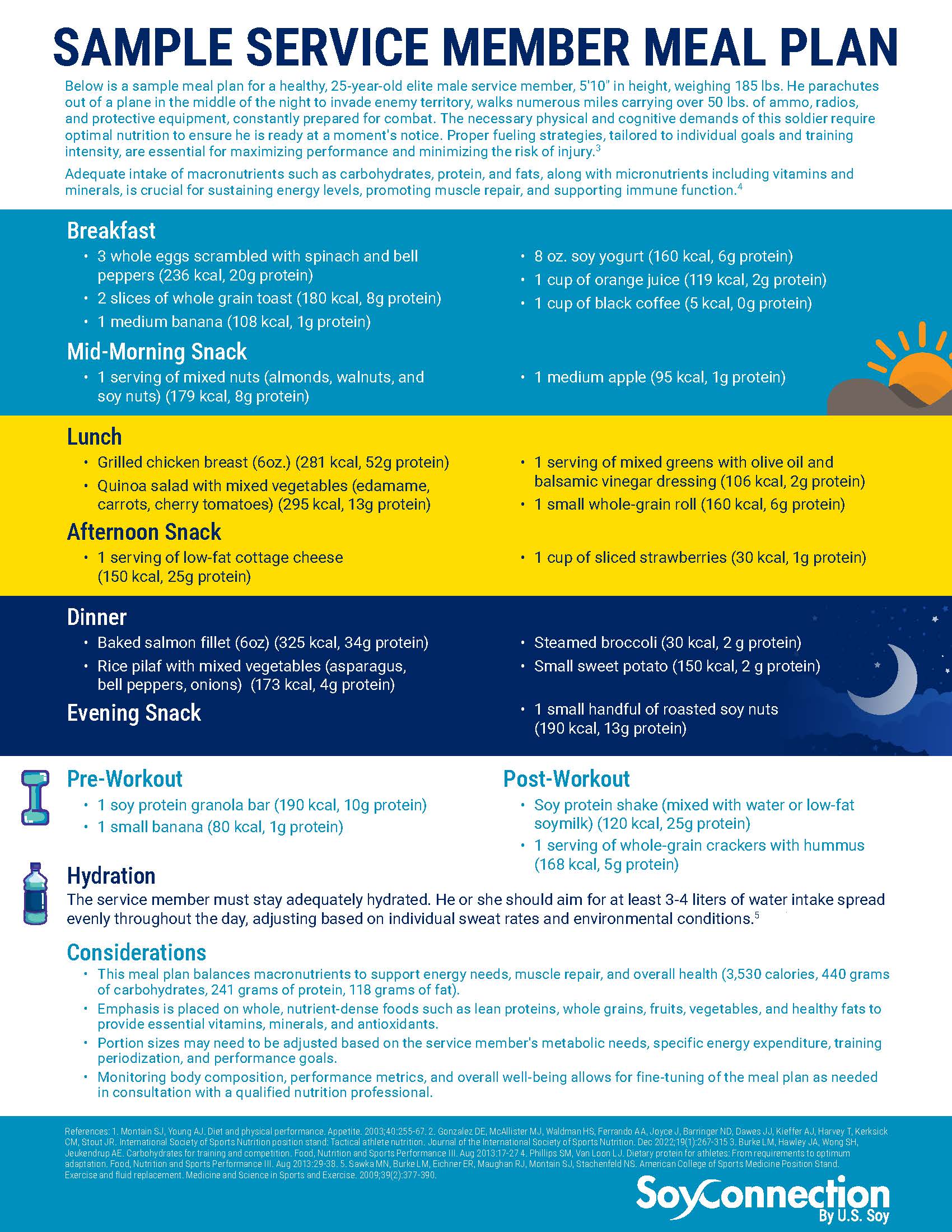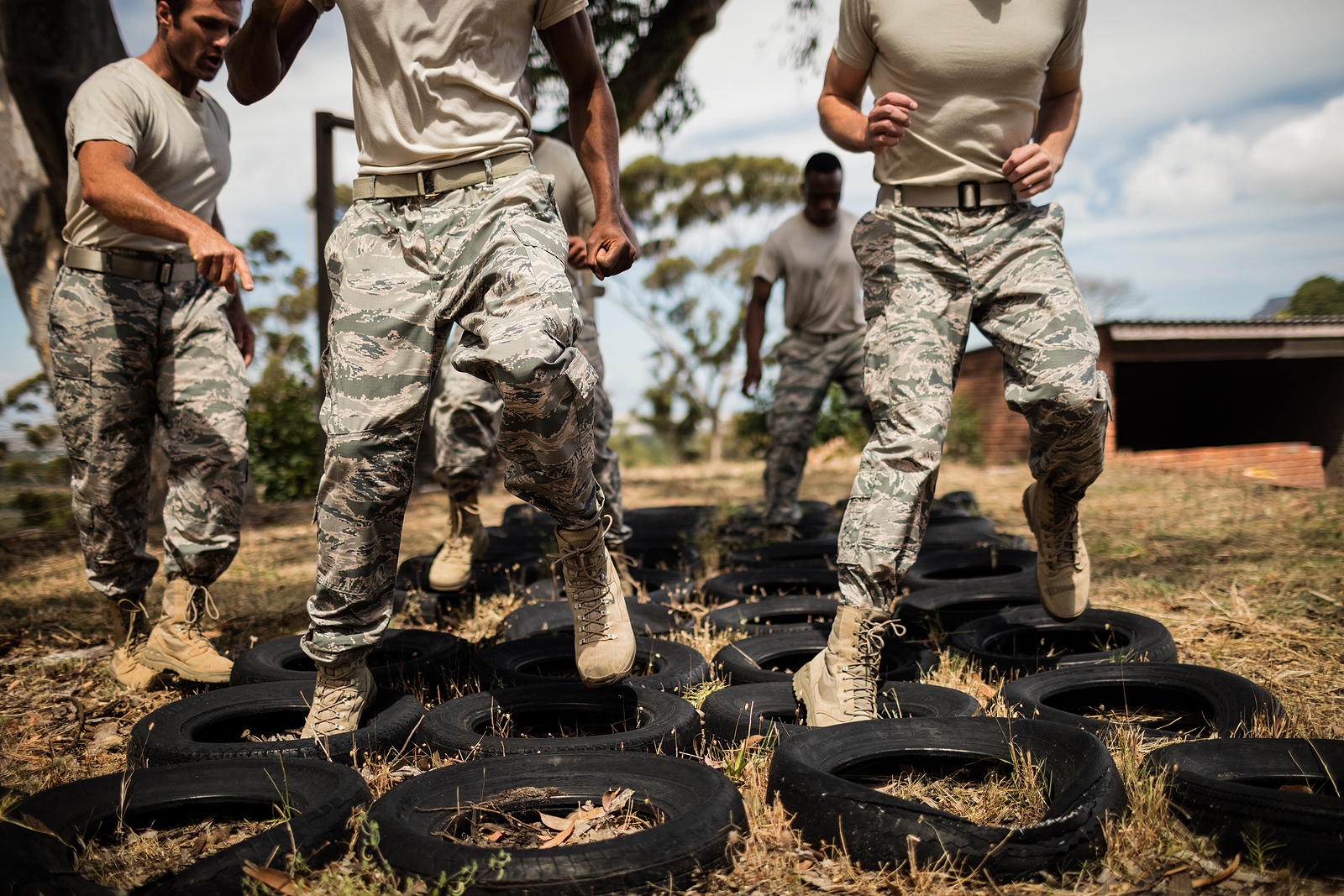Diet is pivotal in enhancing performance and resilience, especially for elite athletes, military service members, and first responders who push their bodies to the limit in demanding environments. Service members and first responders operate in high-stress environments where physical and mental performance is critical for mission success and personal safety. Their nutritional requirements may differ based on the nature of their duties, environmental conditions, and operational tempo. For example, soldiers deployed in combat zones may require nutrient-dense rations optimized for durability, portability, and shelf stability, while firefighters combating wildfires may face challenges in maintaining hydration and electrolyte balance under extreme heat.1
Dietitians collaborate closely with multidisciplinary teams, including strength and conditioning coaches, sports psychologists, and medical professionals, and play a vital role in optimizing performance and resilience across diverse populations. Individualized nutrition plans, periodic assessments, and ongoing support are integral components of comprehensive care to maximize the human weapon systems.2

Link to Infographic PDF
References
- Montain SJ, Young AJ. Diet and physical performance. Appetite. 2003;40:255-67.
- Gonzalez DE, McAllister MJ, Waldman HS, Ferrando AA, Joyce J, Barringer ND, Dawes JJ, Kieffer AJ, Harvey T, Kerksick CM, Stout JR. International Society of Sports Nutrition position stand: Tactical athlete nutrition. Journal of the International Society of Sports Nutrition. Dec 2022;19(1):267-315.
- Burke LM, Hawley JA, Wong SH, Jeukendrup AE. Carbohydrates for training and competition. Food, Nutrition and Sports Performance III. Aug 2013:17-27.
- Phillips SM, Van Loon LJ. Dietary protein for athletes: From requirements to optimum adaptation. Food, Nutrition and Sports Performance III. Aug 2013:29-38.
- Sawka MN, Burke LM, Eichner ER, Maughan RJ, Montain SJ, Stachenfeld NS. American College of Sports Medicine Position Stand. Exercise and fluid replacement. Medicine and Science in Sports and Exercise. 2009;39(2):377-390.
